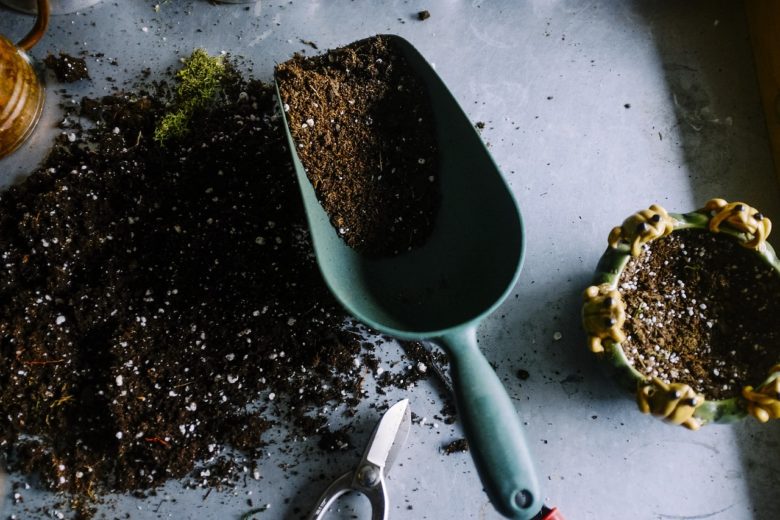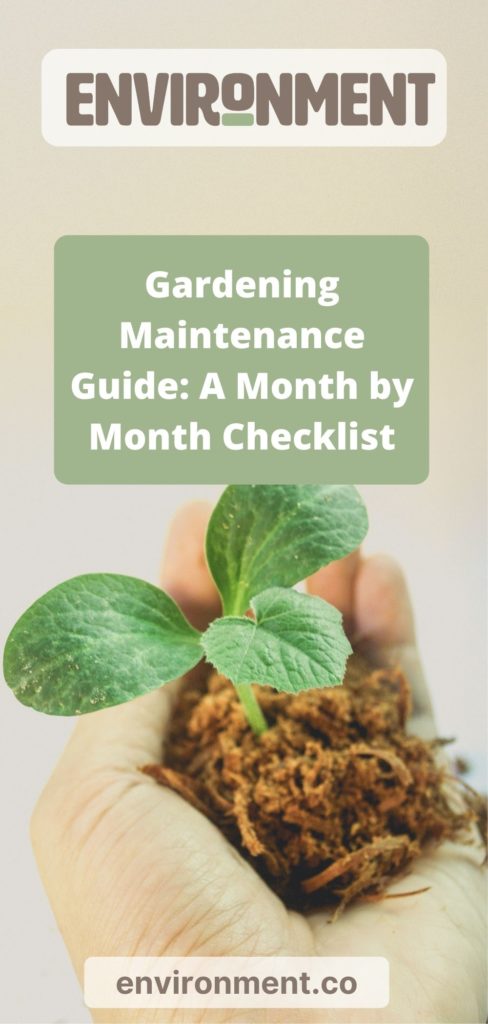
Garden Maintenance Schedule: A Month by Month Guide
We are reader-supported. When you buy through links on our site, we may earn affiliate commission.
Every spring, people get excited to head to the store for gardening supplies. It’s fun to plant seeds and watch your garden grow, but anyone who wants a green thumb should how to tend plants in every season. However, if you’re like me, keeping up with your garden without a garden maintenance schedule can feel overwhelming.
It’s possible to garden all year round if you know what to look for and add to your monthly plans. As long as you research what your plants need, they’ll thrive all year long.
Read on for a garden maintenance schedule month by month. You’ll learn everything you need to know so that you can garden any time you want. Take notes and have fun expanding your plant-tending skills.
January
During the middle of the winter, the most important thing you can do for any plants you choose is to cover them with some protection. A plastic tarp or old bed sheet will shelter them from harmful frost and snow.
You can also feed your plants a slow-acting fertilizer since they’ll grow much slower than during warmer months. When you’re not busy, use your free time to clean up your garden, repair the fence or generally prep it for springtime.
February
Although February is still a chilly month, you can plant certain cold-weather perennials that benefit from the constant snow or freezing rain, including geraniums, acanthus and globe thistles. Bare-root plants and trees will also thrive in these conditions if you want something else with your flowers. February is the perfect chance to find gardening inspiration online with the best homesteading blogs. You can learn more about growing vegetables and plants and strategize what you’ll need for the spring.
March
Sowing is a particularly important step to take in March. Plant summer annuals and lily bulbs, as well as potatoes, carrots and beetroots. Other veggies like cucumbers and tomatoes can grow in indoor pots until it’s warmer outside.
During a free afternoon, cover your garden with mulch or compost to protect your plants from losing too much water in the warming sun. If you’re not sure how to compost, you can learn some basic facts — such as what you can compost and the right temperature to achieve — and decide if it’s a good sustainable hobby for you and your lifestyle.
April
Typically, April has warmer weather that allows for the planting of any seeds you’ve been tending indoors. Haul out your gardening supplies, pest control products and set up your watering features. The traditional gardening season has begun.
If you want to be part of a group effort, you can start a sustainable community garden during this warmer month. The key is to check the upcoming forecast in your area, in case you live in a colder climate and need to wait a few weeks longer.
May
The majority of your plants should come alive in May. Besides getting used to your new watering schedule, you’ll need to keep an eye out for bugs and pests. Grubs will eat roots if they burrow into your soil, and birds will try to snack on your strawberries. New gardeners should look into organic pesticides if they want an eco-friendly way to protect their plants. It’s also a good idea not to treat any plants with chemicals if you plan to harvest and eat them later.
June
During June, you should aim to keep up regular garden maintenance like watering and pest control. If you planted onions back in the winter, they’ll likely be ready to eat this month. Keep an eye on the weather report — bring potted plants inside if there will be heavy spring showers to prevent overwatering.
July
July is the hottest month of the year in most places. You may have to increase your watering, especially for potted plants that don’t have mulch protection. After spring rain showers, July helps dry everything out. It creates the perfect environment for white mold, so study how to treat it or plant some resistant greenery, such as elephant ears, sweet flag and pentas.
August
August signals the start of the harvest season and the end of early-summer plants. Pick your tomatoes, pumpkins, corn and beans. Remove any collapsed spring plants that are at the end of their season. Pruning plants like strawberries and lavender will also help prep them for cold weather.
September
As cooler fall weather sweeps into town, relax your watering routine. Harvest potatoes and any remaining fruit and vegetables so that bugs don’t get them first. Some berries, like raspberries and blackberries, may remain and be slow to ripen. You can always cover these with bird netting to give them a little more time before it gets too cold for them to grow.
October
Fall has arrived! Enjoy your pears and apples, along with any remaining fruit and vegetables. Start shelving your fertilizer for spring. Plant growth will slow down and not need it anymore.
As you clean your garden, you can recycle fallen leaves in a compost bin. Once they decay, they’ll condition the soil in late winter and early spring months.
November
Bring any tender plants, like flowers, inside for the winter. November will likely feature your first frost, as well as freezing rain. After you pull any dead plants remaining in your garden, turn the soil over in large clumps so that it naturally breaks down with the weather.
December
Short winter days keep your gardening responsibilities to a minimum. Water winter plants like snowdrops and primroses sparingly. Lay hay around tender plants or opt for horticultural fleece for tree terms and tender palms. As you enjoy the holidays, plan for your spring garden by researching future plants and figuring out when to start growing things again.
Research to Build Your Garden Maintenance Schedule
This general garden maintenance schedule will help you figure out what you should do throughout the year, but that also depends on what you grow. Research the specific plants you like to learn things like how much sun they need, if they’re temperature sensitive and how often they need watering. You’ll form your own routine and use this guide to structure your plans for the year.

Share on
Like what you read? Join other Environment.co readers!
Get the latest updates on our planet by subscribing to the Environment.co newsletter!
About the author

Jane Marsh
Starting from an early age, Jane Marsh loved all animals and became a budding environmentalist. Now, Jane works as the Editor-in-Chief of Environment.co where she covers topics related to climate policy, renewable energy, the food industry, and more.





